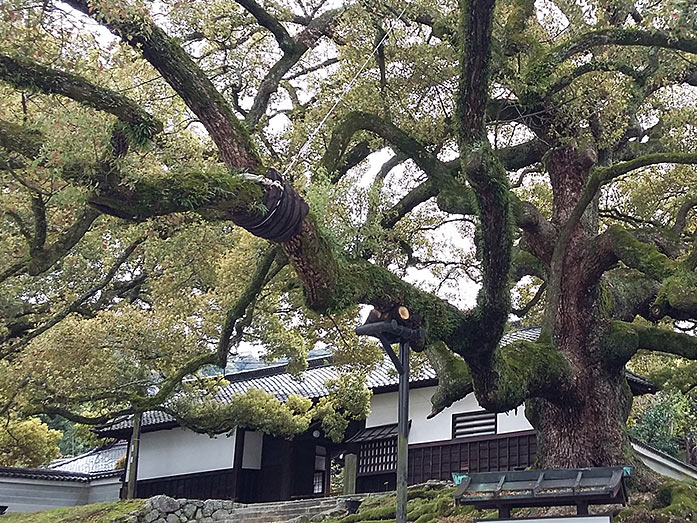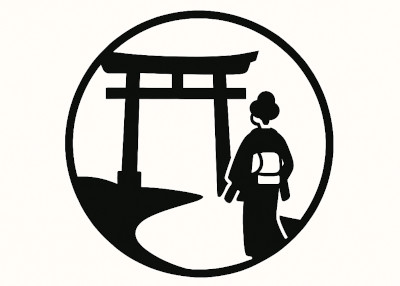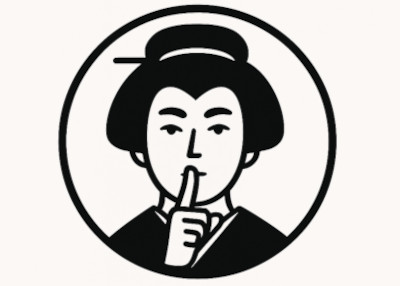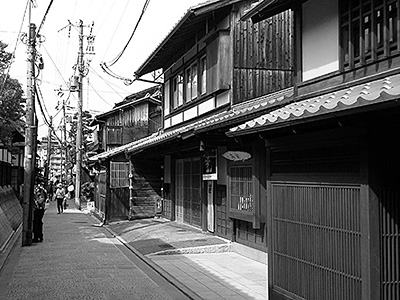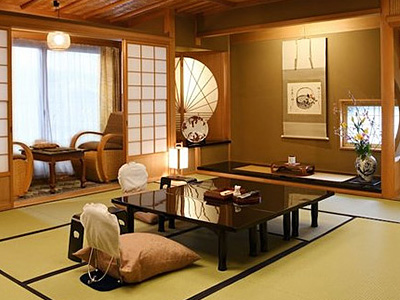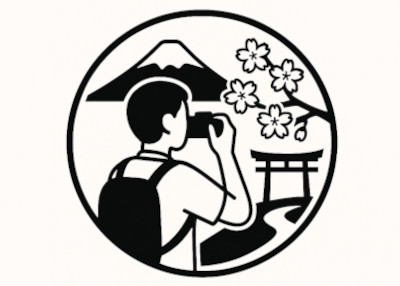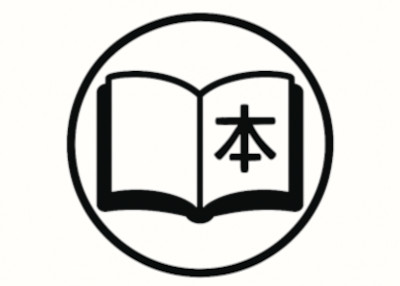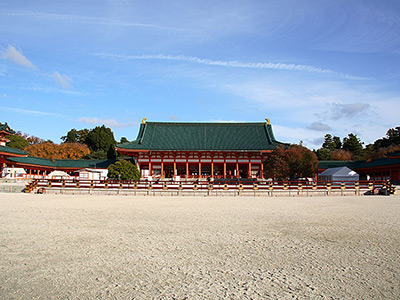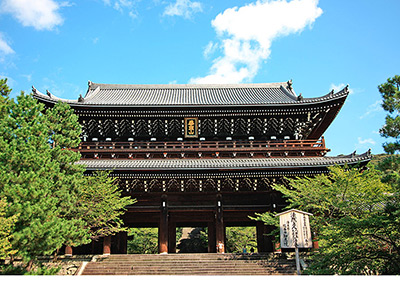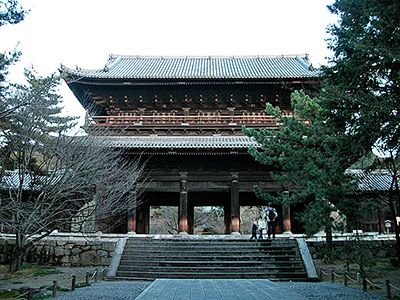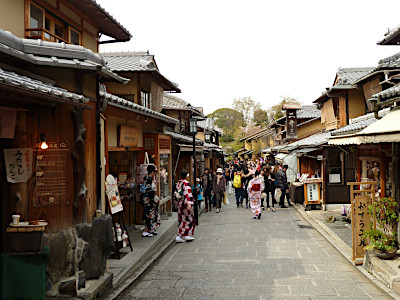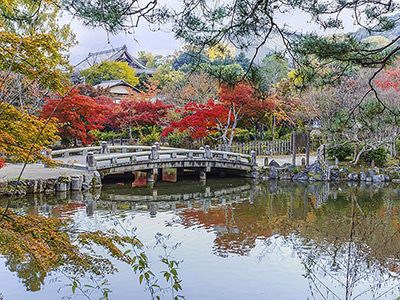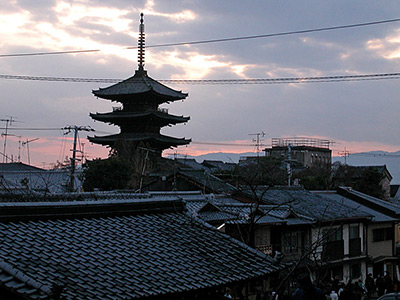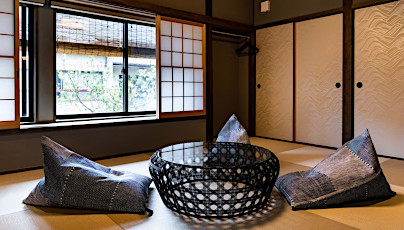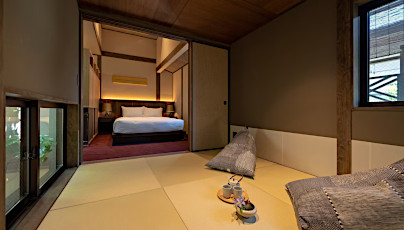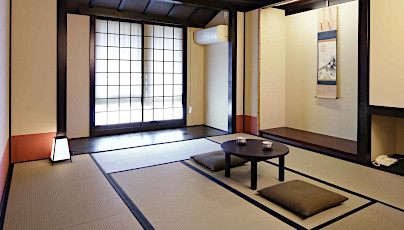Shoren-in Temple in Kyoto
This post can contain affiliate links, which means that we may receive a small commission if you make a purchase using these links.
Facts & Figures
Shoren-in, also known as Awata Palace, is the first out of five Monzeki Temples (Sanzen-in, Bishamon-do, Myoho-in, Manshu-in) of the Tendai sect in Kyoto. All the head priests (abbots) of these Buddhist temples were members of the Imperial family. Shoren-in belongs to Enryaku-ji Temple in Mt. Hiei, where the Tendai Buddhist sect was founded by priest Saicho (767 - 822).
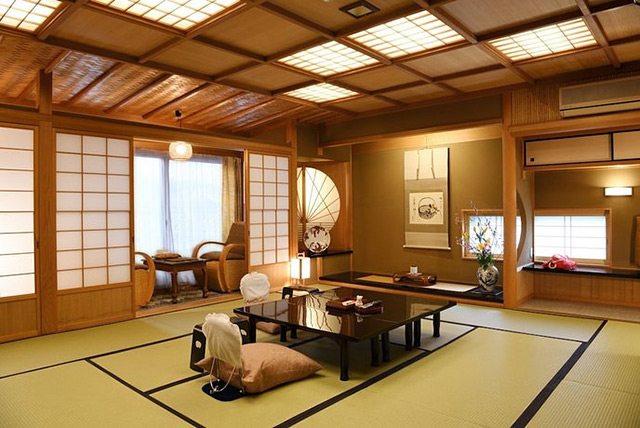 Experience the Ultimate Japanese Hospitality at a Kyoto Ryokan.
Experience the Ultimate Japanese Hospitality at a Kyoto Ryokan.
Find Your Perfect Ryokan Now >
The temple is located within the Higashiyama district, near Heian Shrine, Chion-in, Maruyama Park and Yasaka Shrine. Shoren-in is dating back to the late Heian period (794 - 1185). The temple is full of national treasures and important cultural assets. Do not miss the special illumination of the temple grounds in spring and autumn till 10 pm. If you are lucky you can also witness a traditional koto (Japanese zither) concert.
- Shoren-in Temple:
- Opening Hours - 9:00 am to 5:00 pm (last entry 4:30 pm)
- Opening Hours during illuminations at night (spring/autumn) - 6:00 pm to 10:00 pm (last entry 9:30 pm)
- Admission Fee - 500 yen (Adults), 400 yen (Junior/High School Students), 200 yen (Elementary School Students)
- Admission Fee illuminations at night - 800 yen (Adults)
History
The origin of Shoren-in lies at the top of Mt. Hiei, a mountain in the northeastern part of Kyoto. The founder of the Tendai sect Denkyo-daishi Saicho (767 - 822) constructed there some lodging facilities and temples for priests. One of the buildings was named Sho-ren-bo. This name was later used for the Shoren-in temple. The retired Emporer Toba (1103 - 1156) was a believer in the Tendai sect and decided to built a residence for himself and his 7th son Prince Kakukaishin-no (1134 - 1181), a disciple of the 48th Head Priest of Enryaku-ji with the name Gyogen (1097 - 1155), in Kyoto. He named the residence Shoren-in. Later his son became the head priest of this place. This appointment started a long tradition which remained till the beginning of the Meiji-era (1868 - 1912) and says that only members of the Imperial family could be head priests at the temple. The well-known priest Shinran (1173 - 1262, founder of the Jodo Shinshu sect) studied at the Shoren-in temple grounds with the age of 9. Empress Go-Sakuramachi (1740 – 1813) used Shoren-in as a temporary home (also called Awata-Gosho or Awata Palace) in 1788, after her Imperial Palace burned down in a huge fire. She used the building Kobun-tei as her study room. Unfortunately in 1993 Kobun-tei burned down, but was fully restored in 1995.
Location

Shoren-in Temple is located within the Higashiyama District near Heian Jingu Shrine.
Address: 69-1 Sanjobocho, Awataguchi, Higashiyama-ku, Kyoto 605-0035
How to get to Shoren-in?
- 30min from Kyoto Station to Jingu-michi stop by bus number 5 or 100 and
- 6min walk from Jingu-michi stop to Shoren-in
Sightseeing spots at Shoren-in temple grounds
Top:
Kachoden - This drawing room offers great views to the garden with the Ryujin-no-ike Pond as its centerpiece. Enjoy also the sliding doors (called fusuma) with beautiful paintings of lotus flowers on it. Artist Kimura Hideki (born 1948 in Kyoto) created these masterpieces. Kachoden displays also pictures of 36 Tanka poets. Wooden walkways connecting Kachoden with the other main buildings of the temple complex.
Shijoko-do Hall - The hondo (main hall) contains the image/reproduction of blue Fudo Myo-O, which is an important national treasure. You can find also the replica of a mandala donated to the temple by the warlord Toyotomi Hideyoshi (1536 - 1598).
Shinden - It is the largest building at the temple grounds and full with items of the Imperial family. The exhibition is really impressive. I liked especially the sliding door (fusuma) paintings of pine trees. The building was a donation of empress Tokugawa Masako (1607 - 1678).
Famous Gardens - The main pond garden was built by Soami (died 1525) during the Muromachi period (1336 - 1573). Kirishima-no-niwa, a strolling garden, was created by tea ceremony master Kobori Enshu (1579-1647) during the Edo period (1603 - 1868). The main pond (Ryujin-no-ike - Dragon Pond) is surrounded by 3 buildings, which are Kachoden, Kogosho and Kobun-tei.
Kogosho - This building was the living quarter of the abbot (head priest).
Kobun-tei - It is a tea ceremony room now and in the past it was used as a study room by retired emperor Gosakuramachi (1740 - 1813).
Daigenkan - This entrance hall displays the sedan chair of emperor Komei (1846 - 1867).
Hiyoshi-sha Shrine - After passing a little bamboo forest you will find this hidden shrine. Its elevated location overs great views over the temple grounds and the city Kyoto.
Camphor Trees - The huge more than 800 years old camphor trees (kusunoki) at the entrance of the temple were planted by Shinran.
Festival & Events in Kyoto(dates can change without notice)
March/April
Night time illumination at Shoren-in
Please find out the exact dates at some local websites. The illumination at night is breathtakingly beautiful and you should not miss it.
Miyako Odori (1st - 31th)
The traditional annual spring dance of the Kyoto district Gion Kobu performed by Geiko and Maiko is a must-see on your Kyoto visit. Don't miss the most popular dances the Miyako Odori "Cherry Blossom Dances" or "Dances of the Old Capital" at the Gion Kobu Kaburenjo Theater (located close to Gion Corner).
May
Aoi Matsuri (15th)
The highlight of this festival is a large parade from Imperial Palace through Shimogamo Shrine to the Kamigamo Shrine. More than 500 people wearing aristocratic costumes from the Heian Period (794 - 1185). The Aoi Matsuri belongs with the Gion Matsuri and Jidai Matsuri to the three most famous festivals in Kyoto.
June
Aoba Matsuri (Green Leaf Festival) at Chishaku-in (15th)
The festival is an ancient ritual of followers of the Shingon sect of Buddhism, which are called Yamabushi. They participate in a series of ceremonies like celebrating the birth of founder Kobo-Daishi (744 - 835).
July
Gion Matsuri (whole month)
The month July is full of different events like the Yoiyama - Kyoto's Magical Night (locals in kimonos look at the giant Gion floats the day before the parade) or the famous Yamaboko Junko (float procession on the 17th of July).
October
Jidai Matsuri ("Festival of Ages") (22nd)
People celebrate with a large parade between Imperial Palace to Heian Shrine the anniversary of the foundation of Kyoto. App. 2000 participants wearing historical costumes from different time periods. Enjoy this great festival which last around 2 hours.
November
Night Illumination in Autumn at Shoren-in (1st - 10th)
The illumination at night of the garden and the colourful leafs are really beautiful.
Where to stay in Kyoto?
Book your Flight Tickets and Rental Car for your Japan trip
Day trips from Kyoto:
Travelers who viewed Shoren-in viewed also:
Top rated - Best Machiya Houses in Kyoto
THE MACHIYA Ebisuya, 192 Ebisuya-cho Shimogyo-ku, Kyoto 600-8062
This 3-star guesthouse got an excellent rating. All 30 individually furnished rooms offer free WiFi, air conditioning, bathrooms incl. toilets, fridges, 40-inch flat-screen TVs, and more. THE MACHIYA Ebisuya is located in central Kyoto.
View on Expedia.com
This 3-star guesthouse got an excellent rating. All 30 individually furnished rooms offer free WiFi, air conditioning, bathrooms incl. toilets, fridges, 40-inch flat-screen TVs, and more. THE MACHIYA Ebisuya is located in central Kyoto.
View on Expedia.com
The Machiya Kazahaya, 570-6 Kazahayacho, Shimogyo-ku, Kyoto, Kyoto, 600-8475
The Machiya Kazahaya offers for all guest rooms free WiFi, air conditioning, safes, bathrooms with toilets, refrigerators, and much more. Enjoy also the beautiful Japanese Garden. Guests gave this property the rating - Exceptional.
View on Expedia.com
The Machiya Kazahaya offers for all guest rooms free WiFi, air conditioning, safes, bathrooms with toilets, refrigerators, and much more. Enjoy also the beautiful Japanese Garden. Guests gave this property the rating - Exceptional.
View on Expedia.com
Kyomachiya Ryokan Sakura Urushitei, 425 Kichimonjicho, Shimogyo-ku, Kyoto, 600-8069
This beautiful 3-star guesthouse offers 32 rooms with free WiFi, air conditioning, bathrooms incl. showers and toilets, refrigerators, and much more. Enjoy also the relaxing indoor public bath (no minerals). Guests gave this property the rating - Wonderful.
View on Expedia.com
This beautiful 3-star guesthouse offers 32 rooms with free WiFi, air conditioning, bathrooms incl. showers and toilets, refrigerators, and much more. Enjoy also the relaxing indoor public bath (no minerals). Guests gave this property the rating - Wonderful.
View on Expedia.com

